The James Webb telescope, launched in space in late 2021, the successor to the Hubble telescope, promises to provide much more knowledge about the most remote parts of our universe than we presently possess. The universe we know began with what is colloquially called the “Big Bang” about 13.7 or so billion years ago. “Big Bang” is not a precise scientific description but has won acceptance, even among physicists and astronomers, as a useful term to explain the origins of the cosmos as we know it. The originator of the term “Big Bang”, Fred Hoyle, a physicist, and popularizer of contemporary physics, argued that the cosmos is in a “steady state”, forever unchanging on a cosmological scale, as opposed to the expanding cosmos of the Big Bang theory. Fred Hoyle invented the term “Big Bang” disparagingly. The term “Big Bang” was later appropriated by the theory’s advocates to explain in simple terms the origins of the universe. Even top-drawer physicists use literary devices that appeal to popular imagination to explain what would otherwise be unexplainable to the great majority of people! No one suggests “Big Bang” is a carefully modulated scientific expression.
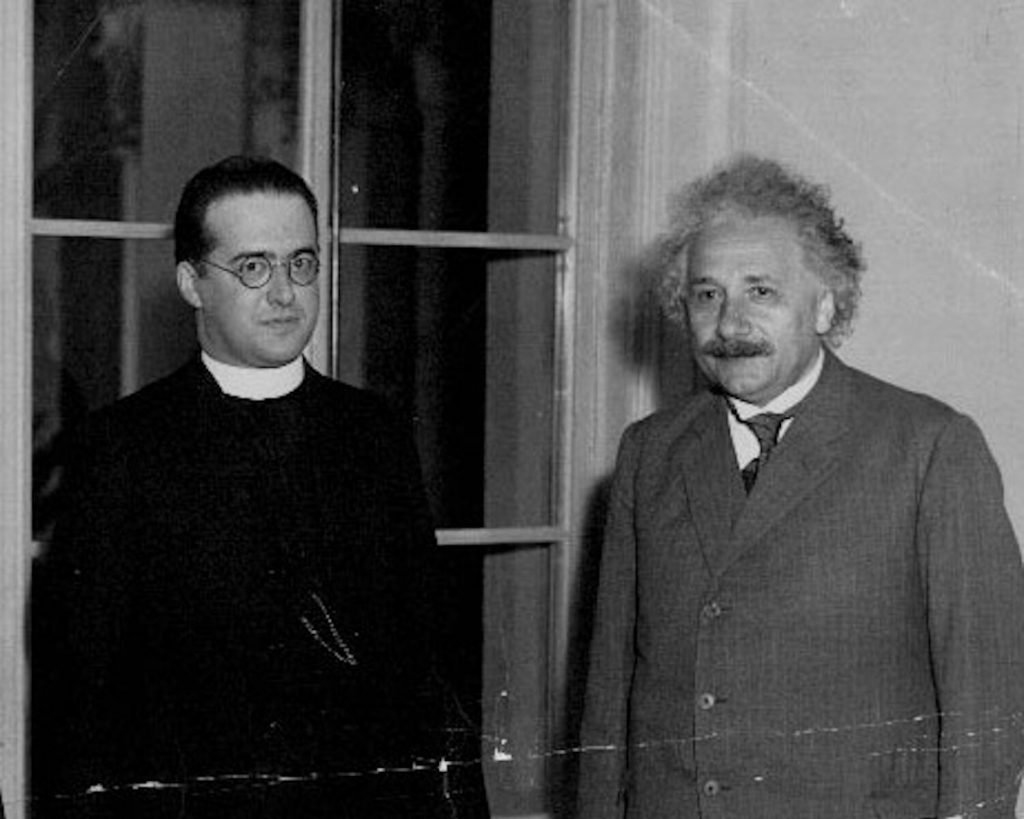
Fr Georges Lemaitre
The original proponent of the “Big Bang” theory (though he did not use the term) was Fr Georges Lemaitre (1894-1966), a Belgian priest and physicist who, in 1927, published, in an obscure journal (at least to English-speaking readers), a scientific paper in support of the Big Bang theory. Lemaitre’s Big Bang theory is today accepted, by physicists, and is the basis of our understanding of the universe. The Big Bang theory explains the expanding nature of the cosmos. Objects in the distance are moving away faster the more distant they are. The cosmos is relatively young and changing.
The Big Bang theory says the universe commenced with an explosion of immensely hot highly compressed matter and energy, from a single point, tiny in size although not exactly nil (a “primeval atom” or “cosmic egg”, as Lemaitre graphically explained it). Lemaitre expressed his theory as “now without yesterday”. The cosmos expanded at enormous speed, to become the universe we know today: with billions of galaxies; trillions of stars; “black holes” of enormous size; a universe including dark energy/dark matter; a universe possessed of immense distances, far more than could be travelled, even at the speed of light, in many, many, many lifetimes.
Edward Hubble
About the same time as Georges Lemaitre published his paper, arguing for the Big Bang theory, relying largely on mathematical analysis, Edward Hubble was using telescopes to explore what then seemed the far reaches of the cosmos. Hubble, like Lemaitre, argued that the cosmos is expanding. In 1929, two years after Lemaitre, Hubble published a paper outlining his theory of the cosmos.
What is now referred to as the Hubble-Lemaitre law is accepted as a description of how objects move in an expanding universe with a velocity that is proportional to their distance. What is referred to as Hubble’s constant, is the subject of continuing study and debate. Albert Einstein, initially an opponent of the Big Bang theory, was convinced.
Expansion, Cooling and Complexity
As Professor Gary Felder of Smith College in the United States, explains, the early universe was characterised by expansion, cooling and by simple particles combining into ever larger and more complex structures. Some say the Big Bang is not necessarily the earliest moment in the universe, but the earliest moment we can talk about with our current knowledge. What happened before the Big Bang? We don’t know. Did the cosmos exist before the Big Bang? We don’t know.
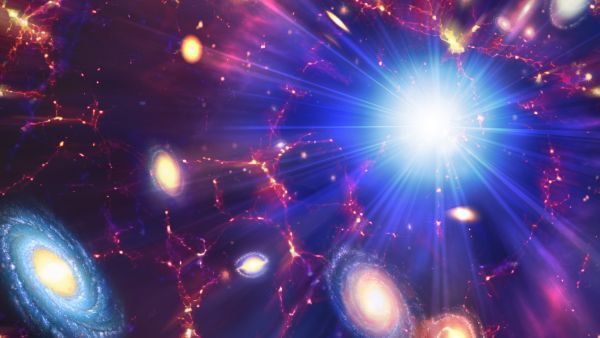
History of Big Bang Theory
The history of the Big Bang theory is explained by Gary Felder:
- In 1927, a Belgian priest named Georges Lemaitre published calculations that described what an expanding universe would look like, based on general relativity. Observers in any galaxy would see other galaxies moving away from them, with distant galaxies moving away faster than nearby ones. Mathematically, the speed at which we would see another galaxy moving away from us would be proportional to its distance from us.
- Einstein still believed the universe was static and told Lemaitre that his physics was “abominable.”
- But two years later, in 1929, Edwin Hubble measured the speeds and distances of 24 galaxies. Hubble found that almost all of them were moving away from us at speeds proportional to their distances. In other words, the farther away from us a galaxy is, the faster it moves away – exactly as the Lemaitre had described.
- That kind of match between mathematical predictions and measured data is what you need to gain acceptance for a physical theory. Hubble’s data convinced most physicists that the universe is expanding, and Einstein went out of his way to publicly praise Lemaitre’s work after that.
- The pattern of distant galaxies moving away from us faster than nearby ones came to be called Hubble’s law. But in 2018, the International Astronomical Union voted to rename it the Hubble-Lemaitre law, sharing the credit between the person who predicted and the person who measured it.
- Two years after Hubble’s measurements, in 1931, Lemaitre published a paper tracing the expansion of the universe backward to an initial hot, dense state. Lemaitre’s term for this cosmic starting point was the ‘primeval atom.’
- For several decades after Hubble’s discovery, however, a number of sceptical physicists continued to believe that the universe must be static. In fact, the name we now use for Lemaitre’s primaeval atom was originally coined by one of these sceptics, Fred Hoyle, who in 1949 radio interview referred derisively to the idea of the universe being created in a “big bang”.
- As more evidence accumulated, though, the number of sceptics shrank. The decisive turning point was in 1964, when astronomers detected background microwave radiation of exactly the sort predicted by the big bang model. This was a match between theory and experiment that was too strong to ignore.
- Since the 1960s, there has been no serious scientific debate about the fact that the big bang model is an accurate description of the history of our universe over the past roughly 14 billion years.
Fred Hoyle, the physicist who opposed the Big Bang theory, nevertheless expresses the wonder of the development of the universe:
A junkyard contains all the bits and pieces of a Boeing-747, dismembered and in disarray. A whirlwind happens to blow through the yard. What is the chance that after its passage a fully assembled 747, ready to fly, will be found standing there?
Size and Immensity
Within the universe there are perhaps 200 billion galaxies, containing trillions, of stars. Previous estimates of the number of galaxies, recently revised downwards, have been in the trillions. There are about as many stars in the cosmos as there are grains of sand on earth.
Black Holes
At the centre of many galaxies are massive “black holes” from which light cannot emerge, black holes, many, many times the size of our sun. There is much yet to learn about black holes, and dark matter, which constitute the overwhelming portion of matter in the cosmos.
Travelling the Cosmos
The nearest star to the earth other than the sun, Alpha Centauri, is about 25 trillion miles away. To travel to the far reaches of the known cosmos one would have to travel billions of light years. So, the size and immensity of the universe is beyond easy understanding.
Other Believers Who Have Contributed Mightily to Modern Science
If Georges Lemaitre is the first proponent of the Big Bang theory upon which our contemporary knowledge of the cosmos is based, he is not the only believer to have contributed mightily to modern science.
Nicolas Steno
Blessed Nicolas Steno (1638-1686) a Lutheran convert to Catholicism who was ordained a priest, and later a bishop, made important discoveries in anatomy, crystallography, geology, palaeontology, and stratigraphy-perhaps most significantly establishing that the geological history of the earth was much longer than was commonly supposed at the time. Steno is regarded as the founder of the science of fossils, and one of the main founders of the science of geology.
Gregor Mendel
Gregor Mendel (1822-1884) was an Augustinian priest, and founder of genetics. As a result of experimentation with pea plants in a monastery garden, Gregor Mendel established the modern understanding of genetics that applies to all living things. Mendel’s approach involved methodical hypothesis testing, and careful application of mathematical models to the study of biological inheritance.
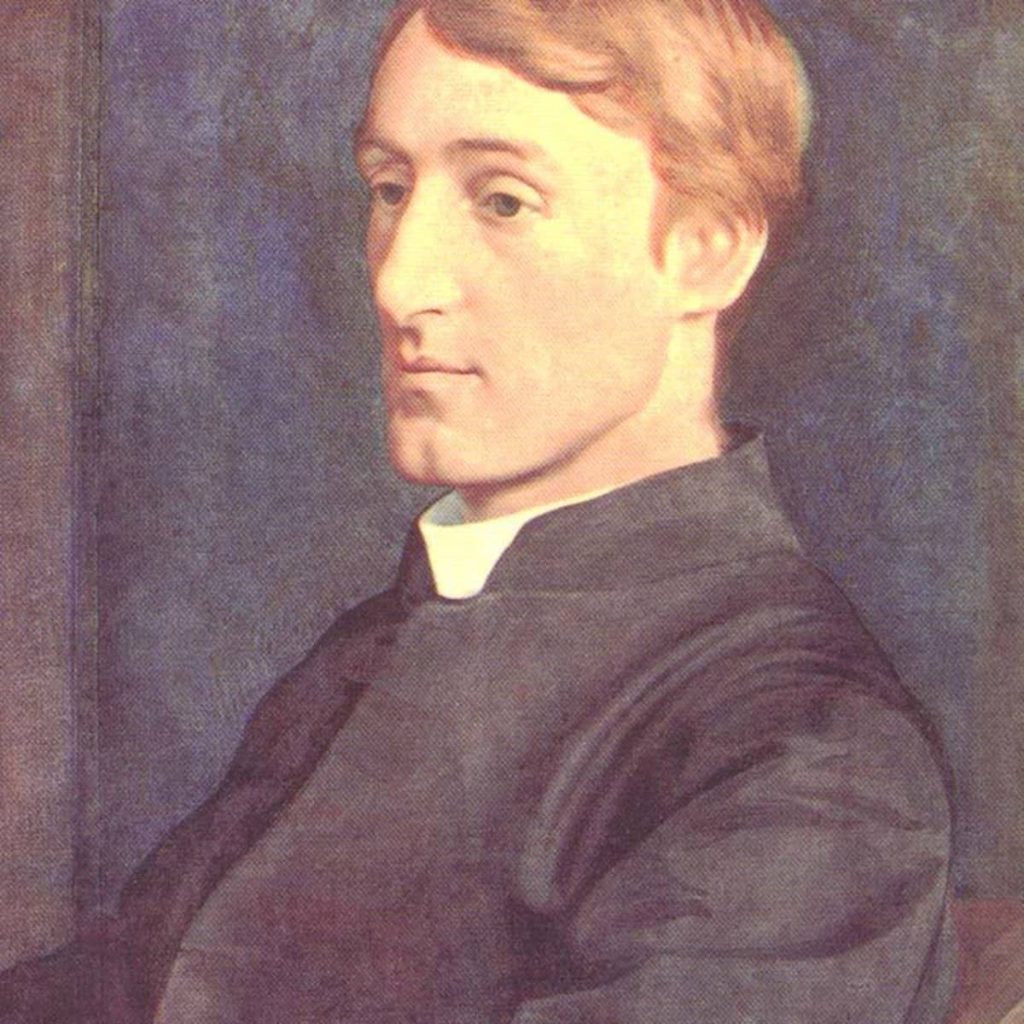
God’s Grandeur
With the 19th century English poet, Gerard Manley Hopkins, we may say, referring, in God’s Grandeur, not merely to the cosmos about which astronomy tells us so much, but about nature in general:
The world is charged with the grandeur of God.
It will flame out, like shining, from shook foil;
it gathers to a greatness, like the ooze of oil
Crushed. Why do men then now not reck his rod?
Generations have trod, have trod, have trod;
And all is seared with trade; bleared, smeared with toil;
And wears man’s smudge and shares man’s smell: the soil
Is bare now, nor can foot feel, being shod.
And for all this, nature is never spent;
There lives the dearest freshness deep down things;
And though the last lights off the black West went
Oh, morning, at the brown brink eastward, springs –
Because the Holy Ghost over the bent
World broods with warm breast and with ah! bright wings.

Life on Earth
About 200 million years after the Big Bang the first stars appeared. The sun and the planets, including earth, date from about 4.6 billion years ago. Life first appeared on earth about 3.5 billion years ago with single-celled “prokaryotes”. There was an increase in oxygen in the atmosphere about 2-3 billion years ago due to photosynthesis. The first complex or “eukaryotic” cells appeared about 1.5 billion years ago-and possibly sexual reproduction. We have today surviving fossils of multi-celled organisms from about 600 million years ago. The first vertebrates date from about 500 million years ago. That was a time when the supercontinent of Rodinia was breaking up. About 475 million years ago there were the first organisms on land. About 350 million years ago the first reptiles appeared. About 250 million years ago the first dinosaurs and mammals appeared. About the same time the supercontinent of Pangea appeared. About 65 million years ago an asteroid impact with earth destroyed many species including dinosaurs.
Homo Sapiens
About 4.5 million years ago the first hominids appeared. About 200,000 to 300,000 years ago the first homo sapiens, our ancestors, appeared, somewhere in Africa. Before these first humans, our ancestors, there were “hominids” who had physical characteristics like homo sapiens, and from whom homo sapiens developed.
What is distinctive about the human person is reason, the human soul created by God. The distinctive nature of the human person is manifested in language, in technology, in the family and in the community, in science, in works of art, in ethics, in law, in religion. There is a gulf, a chasm, between us and our non-human but hominid ancestors.
Agriculture
About 11,000 years ago agriculture began here and there, eventually replacing hunting and foraging as a lifestyle. With agrarian civilisation there came, writing, cities and states. About 6,000 years ago there is evidence of pastoralism. About 5,000 years ago the first cities and states appeared in north Africa and southern Mesopotamia. About 4,000 years ago the first multi-city empires appeared. Cities and states appeared in India and China. About 3,000 years ago was the beginning of the Iron Age. About 2,500 years ago the first super-empire, the Persian empire, flourished. About 2,000 years ago the Roman, Parthian, Kushan and Han empires flourished. About 800 years ago the Mongol empire, the world’s largest land empire, flourished.
Globalisation
In 1492 Columbus discovered America. Columbus’ discovery of America and the other voyages of Portuguese and later Spanish explorers was the beginning of globalisation. The world came together through exploration, trade and colonisation. In the 18th century the Scientific Revolution began. In the late 18th/early 19th century the Industrial Revolution began.
In 1945 the United States dropped nuclear bombs, destroying the Japanese cities of Hiroshima and Nagasaki with their largely civilian populations.
Today the earth is experiencing damage to the biosphere as a result of emission of greenhouse gases.
In the context of the roughly 13.7 billion years of Big History, the events of our time, such as Covid, the Russian invasion of Ukraine, the Chinese assertion of control over the South China Sea, and the threat to invade Taiwan, may seem less significant. Nevertheless, conflict between nuclear powers threatens to destroy human civilisation as we know it. The golden age of science is imperilled by humankind’s self-destructive use of technology.
Future
Perhaps some 4 billion years from now, the sun will expand, destroying the planets including earth, before dying. 30 billion years from now star formation will cease. If these predictions are correct, it is consistent with the theory the universe is presently relatively young. Many billion years from now stars will die, and the universe will become simpler and cooler.
Big History
The above is a partial timeline of Big History, a new discipline which looks at history from its beginnings to the present time, drawing on the traditional scientific disciplines of cosmology, physics, chemistry, geology, biology, archaeology, as well as conventional history. The timeline of Big History is very great, providing us with some perspective on human events. What is recent history, since the development of homo sapiens 200,000-300,000 years ago, is slight in duration relative to the Big Bang some 13.7 billion years ago. The dates provided in the timeline of Big History are approximate only, different authors providing somewhat different dates. One can only expect the precision the subject allows, and the somewhat different dates provided by different experts may not be all that significant. We have still much more to discover about the cosmos in which we live. Big History provides an overall view of what has happened over time, drawing on various specialisations to provide a cosmic perspective.
How is the Big Bang theory to be reconciled with the Creation accounts in the Bible?
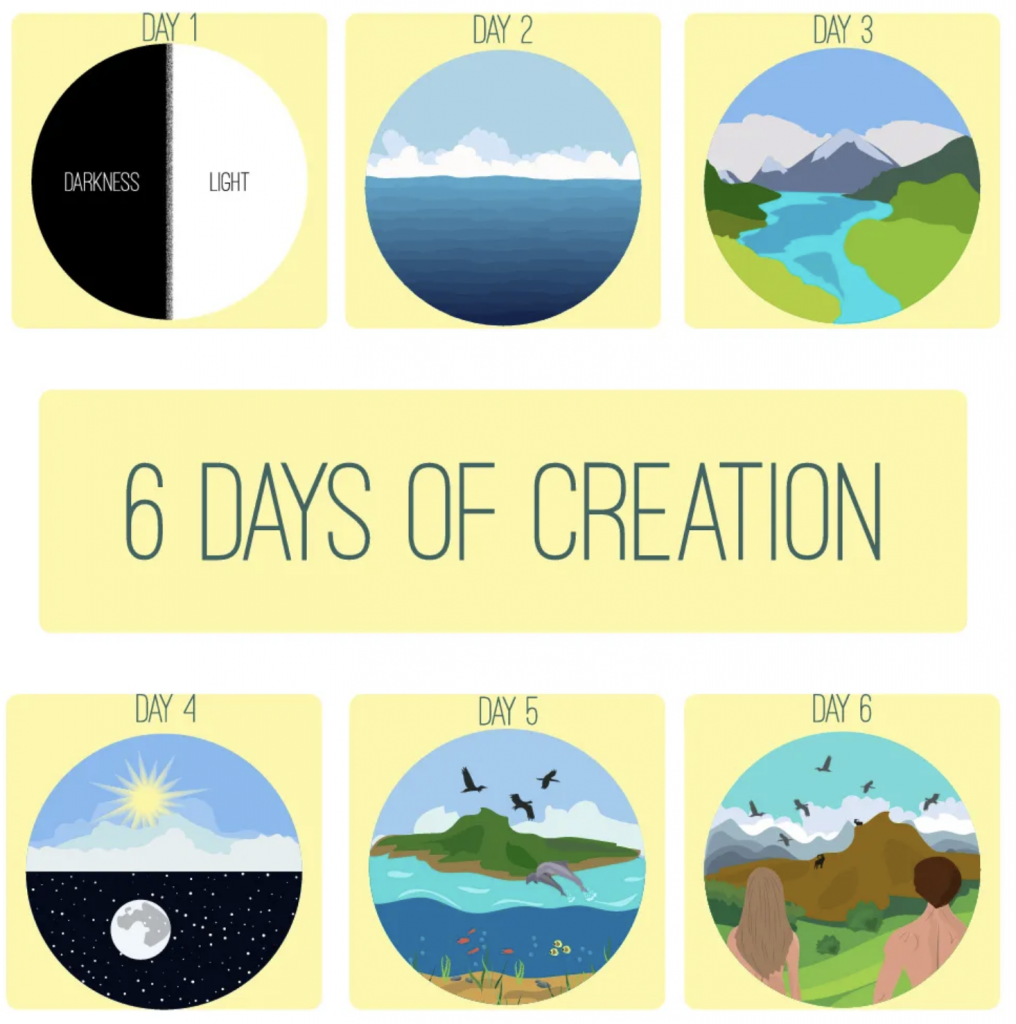
Two Creation Accounts
Scripture scholars identify two Creation accounts in the Bible. These two accounts are found in Genesis 1:1-2:3 and 2:4-25. Read literally these accounts are inconsistent with each other. Read as they were written, containing figurative and symbolic language, drawing on the primitive cosmology of the time, the two ancient writers provide an insightful account, each with its own perspective. Each Creation account expresses perennial truth, truth which we attain, only by reading the Bible as a whole. The Bible, presented to us by the Church, is to be read in the context of the Church’s tradition. The Bible culminates in Jesus of Nazareth, the Second Person of the Trinity.
As the Ignatius Bible, reflecting the tradition of the Church, comments, while the Church looks at the literary sense and meaning of the creation accounts, i.e., the meaning conveyed by the words, it does not require a literalistic approach, as if the purpose of God’s Revelation were provide a scientific explanation of the universe, nor is it opposed to various scientific theories as long as the divine origin of creation and God’s plan and providence are not denied. Faith and science, in the Genesis account, complement each other, and there is ample room for modern scientific enquiry, an explanation that is compatible with God being the ultimate cause of the created world.
First Creation Account
In the first Creation account, God created over six days, creating light before he created the sun, the moon, and the stars! This is a sure indication that the ancient author understood he was not providing a scientific account to be understood literally. After each act of creation, the ancient author comments: “and God saw that it was good.” But on the sixth day, after the creation of man in God’s own image, “in the image of God”, the text says, to emphasise the point, “male and female he created them”, making the point that, male and female, each in the image of God, are equal in dignity. And in case the reader has drifted off, the ancient writer, to empathise the point, says; “God saw everything that he had made, and behold, it was very good”. God’s making consists in saying “Let there be”. So, God is a spiritual being whose word impacts on the physical world. Using anthropomorphic language, God is said to rest on the seventh day.
Second Creation Account
In the second Creation account, we have the solitary man in the Garden of Eden. God causes a deep sleep to fall upon the man. While the man sleeps, God takes one of his ribs, and makes the rib into woman. God brings the woman to the man who acknowledges her:
This at last is bone of my bones
and flesh of my flesh;
she shall be called Woman
because she was taken out of Man.
The ancient writer goes on to comment:
Therefore, a man leaves his father and his mother and cleaves to his wife, and they become one flesh.
Mystery
The mysteries with which the Bible is concerned are never summed up in a single comprehensive account, but are given to us, now in this way, now in that. To understand Creation, whether from the perspective of empirical science, or from the perspective of professional theology, involves, indeed requires, study, dialogue and collaborative work with others-for the mysteries of life and of the cosmos are to be attained with difficulty, over time, with the constant risk of misunderstanding, of error, with the constant risk that we will under-estimate the beauty, the goodness, the order, of the cosmos in which we live – and the glory of the Lord.
Theme of Scripture
Creation is a theme of Scripture from beginning to end. The theme of Creation is particularly to be found in Genesis, Job, the Psalms, Wisdom, Sirach, but also in Deuteronomy, Daniel, Maccabees…The beauty of the human body, which is God’s Creation, is expressed in the Song of Songs. Creation is not something which simply happened in the past, but continues in Christ, and will find its fulfilment in the heavenly Jerusalem recounted in Revelation 21. The seventh day, the Sabbath, is the day on which we recall Creation by God, and on which we particularly look forward to the fulfilment of Creation in Christ. Observant Jews, to this day, take the Sabbath seriously, very seriously, as we should do.
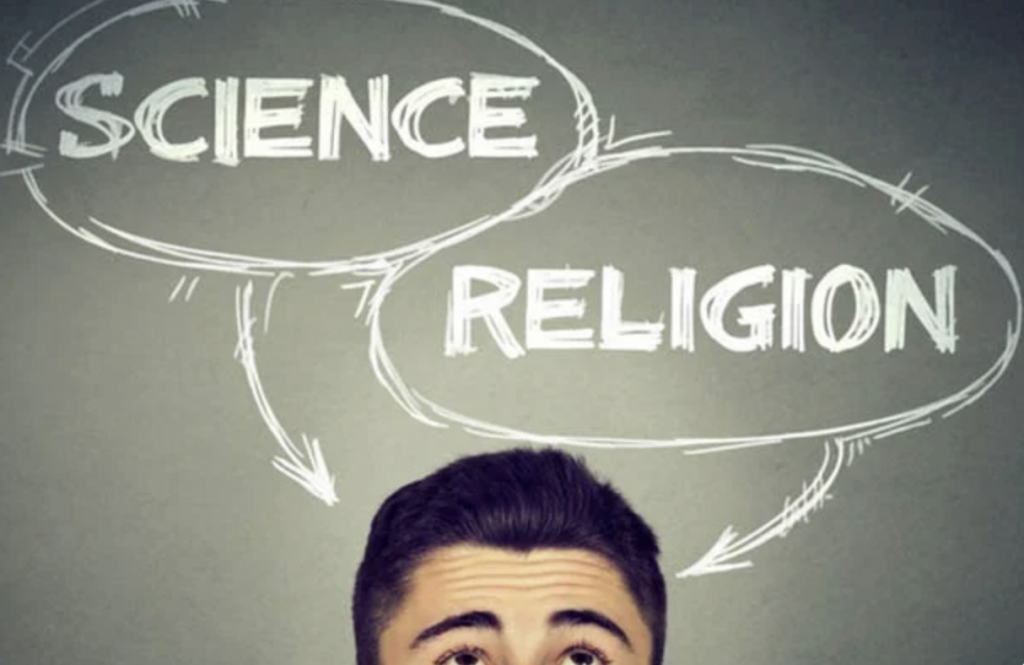
Continuing Conversation
Nowhere does Scripture give an empirical scientific account of Creation, but everywhere in Scripture the account of Creation reflects the mentality and culture of the particular human author. The Scriptural account involves a continuing conversation about Creation, here emphasising one aspect, there emphasising another, but finding its fulfilment in Christ. As Moses said, at the end of his life, God is our Father, who created us, who made us, who established us. Perhaps better expressed, one uses the present tense. God is our Father, the source of our being at every moment.
Wisdom
Allied to the Scriptural account of Creation is Wisdom- by which God creates and holds all things, Wisdom in which God invites us to participate. Psalm 104 puts it succinctly:
O Lord, how manifold are your works! In wisdom you have made them all.
Creation is good. The glory of God, God’s goodness, is revealed in Creation. Daniel recounts the three young men in the blazing furnace praising and blessing God, giving thanks to God for all he has created. The same providence that God exercises as recounted in the Hebrew Bible, is recounted in the New Testament:
And why are you anxious about clothing? Consider the lilies of the field, how they grow; they neither toil nor spin; yet I tell you, even Solomon in all his glory, was not clothed like one of these.
Transcendent
God is a spiritual being, transcendent. As Solomon says, “Heaven and the highest heaven cannot contain you”. And Isaiah, “For I am God and there is no other; I am God, and there is none like me”. The other side of the coin is the ridicule the psalmist expresses for polytheism:
Their idols are silver and gold, the work of men’s hands. They have mouths, but do not speak; eyes but do not see. They have ears, but do not hear; noses, but do not smell. They have hands, but do not feel; feet, but do not walk; and they do not make a sound in their throat. Those who make them are like them; so are all who trust in them.
Rather, David exults:
Sing to the Lord, all the earth!…Declare his glory among the nations, his marvellous works among all peoples! For great is the Lord, and greatly to be praised, and he is to be held in awe above all gods. For all the gods of the peoples are idols; but the Lord made the heavens. Honour and majesty are before him; strength and joy are in his place.
Literalism
What is distinctive of literalism is misunderstanding Scripture as intending to present empirical scientific truth, failing to see the varying language and literary forms by which theological truth is presented. The mischief of literalism is that it exposes Judaism and Christianity to ridicule by persons who reasonably accept contemporary empirical science, who are misled by literalists who seek to argue that contemporary empirical science is inconsistent with a Scriptural understanding. How wrong they are! Literalism is wrong because it reads the Bible like a telephone book, rather than a library of books possessed of diverse literary forms, written in different time periods, in the context of different cultures, reflecting the many different perspectives of different human authors.
No Conflict Between Science and Religion
As Professor Alex Filippenko of the University of California, Berkeley, comments:
In seeking to find answers to these profound cosmological questions, scientists are not trying to dispel the existence of God. Rather, they are attempting to discover the fundamental laws of physics and use them to understand how the Universe works. The goal is to have comprehensive models for the physical properties and behaviour of the Universe and its constituent objects. In general, there is no conflict between science and religion, despite popular belief. They have different goals and different operational rules. Scientists don’t claim to determine the purpose of the Universe or of humans; these topics belong to theologians and philosophers.

Reason Leads Us to God
The Scriptural perspective associates rationality with God. Not only is God wise in all his dealings, but human reason, as St Paul says to the Romans, leads us to understanding of God:
Ever since the creation of the world his invisible nature, namely, his eternal power and deity, has been clearly perceived in the things that have been made.
St Paul’s is no new insight. For David says:
The heavens tell the glory of God; and the firmament proclaims his handiwork.
The Wisdom of Solomon associates both understanding and practical skill with God:
For both we and our words are in his hand
as are all understanding and skill in crafts.
For it is he who gave me unerring knowledge of what exists,
to know the structure of the world and the activity of the elements;
the beginning and end, and middle of times,
the alternations of the solstices and the changes of the seasons,
the cycles of the year and the constellations of the stars,
the natures of animals and the tempers of wild beasts,
the powers of spirits and the reasonings of men,
the varieties of plants and the virtues of roots;
I learned both what is secret and what is manifest,
for Wisdom, the fashioner of all things taught of me.
Church on Creation
The Church understands God as creating “out of nothing”, as creating an ordered and good world, as transcending Creation, and yet being present to it, as upholding and sustaining Creation, as carrying out his plan through Divine Providence. The following summarises the Church’s teaching on Creation:
- In the creation of the world and of man, God gave the first and universal witness to his almighty love and his wisdom, the first proclamation of the “plan of his loving goodness“, which finds its goal in the new creation in Christ.
- Though the work of creation is attributed to the Father in particular, it is equally a truth of faith that the Father, Son and Holy Spirit together are the one, indivisible principle of creation.
- God alone created the universe, freely, directly and without any help.
- No creature has the infinite power necessary to “create” in the proper sense of the word, that is, to produce and give being to that which had in no way possessed it to call into existence “out of nothing”.
- God created the world to show forth and communicate his glory. That his creatures should share in his truth, goodness and beauty – this is the glory for which God created them.
- God created the universe and keeps it in existence by his Word, the Son “upholding the universe by his word of power” (Heb 1:3), and by his Creator Spirit, the giver of life.
- Divine providence consists of the dispositions by which God guides all his creatures with wisdom and love to their ultimate end.
- Christ invites us to filial trust in the providence of our heavenly Father, and St. Peter the apostle repeats: “Cast all your anxieties on him, for he cares about you”.
- Divine providence works also through the actions of creatures. To human beings God grants the ability to co-operate freely with his plans.
- The fact that God permits physical and even moral evil is a mystery that God illuminates by his Son Jesus Christ who died and rose to vanquish evil. Faith gives us the certainty that God would not permit an evil if he did not cause a good to come from that very evil, by ways that we shall fully know only in eternal life.
Know Thyself
All this is in accord with the dictum over the portal to the ancient Greek temple at Delphi: “Know thyself“. In coming to know the truth disclosed to us both by empirical science, and also the truth which God has revealed, we are acting in accordance with the admonition “Know thyself“. Part of “knowing thyself” is knowing the truth which can be obtained from sound philosophy and theology.
Human Person
The human person is made in the image and likeness of God, little less than the angels:
For you formed my inward parts, you knitted me together in my mother’s womb.
Jeremiah says:
Before I formed you in the womb, I knew you,
And before you were born, I consecrated you.
Elsewhere, in Maccabees, the Mother of the Seven Sons says:
I do not know how you came into being in my womb.It was not I who gave you life and breath, nor I who set in order the elements within each of you. Therefore, the Creator of the world, who shaped the beginning of man and devised the origin of all things, will in his mercy give life and breath back to you again, since you now forget yourselves for the sake of his laws… I beg you, my child, to look at the heaven and the earth and see everything that is in them, and recognise that God did not make them out of things that existed.
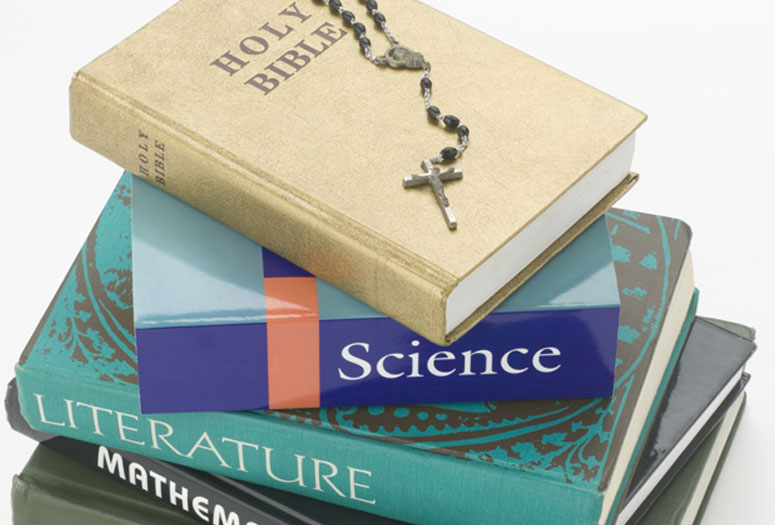
Not a Scientific Textbook
The Scriptural account of Creation is theological. The Bible is not a scientific textbook. Nor is it a work of history in the contemporary sense – though parts of the Bible provide an account of historical events. Nevertheless, the Bible does tell us the truth, truth about God, and about our way to God, truth without which we will never be prudent, never be wise, never even approaching a knowledge and understanding of the cosmos in which we live – and how we are to live. The Scriptural account of Creation uses various literary devices, to drive home its message, often describing God anthropomorphically. How can the transcendent God, so remote from us, so beyond us, be described in any language but the language of analogy?
St John
St John, at the commencement of his Gospel, takes up the very words with which Genesis commences “in the beginning”, but provides us with a new and enriched understanding of that “beginning”:
In the beginning was the Word, and the Word was with God, and the Word was God. He was in the beginning with God; all things were made through him, and without him was not anything made that was made. In him was life, and the life was the light of men. The light shines in the darkness, and the darkness has not overcome it.
St John’s “beginning” is foreshadowed but glancingly in Genesis.
Faith and Science
As to whether faith and empirical science are inconsistent, the answer is-No. One cannot use Scripture to prove or disprove scientific theories. Nor can empirical science contradict faith. Truth is one. There cannot be inconsistent truths, each somehow remaining true.
Highlighting God’s Wisdom and Beauty
At some stage during the long pontificate of Pope Pius XII, Fr Georges Lemaitre visited the Vatican. Pope Pius XII had followed the Big Bang theory with enthusiasm. The Pope wished to endorse the Big Bang theory in a homily on Creation. Fr Lemaitre was horrified. Rightly, he urged Pope Pius XII to remain silent. He wished the Big Bang theory to stand or fall on its scientific merits. The humble Belgian priest prevailed against the humble Pope. Yet perhaps Pope Pius XII was right. The Big Bang theory is consistent with the immensity, the power, the transcendence, the goodness of God-highlighting God’s wisdom and beauty, and order within the cosmos – which we grasp but slightly, and with difficulty, over time.
Michael McAuley
15 August 2022
